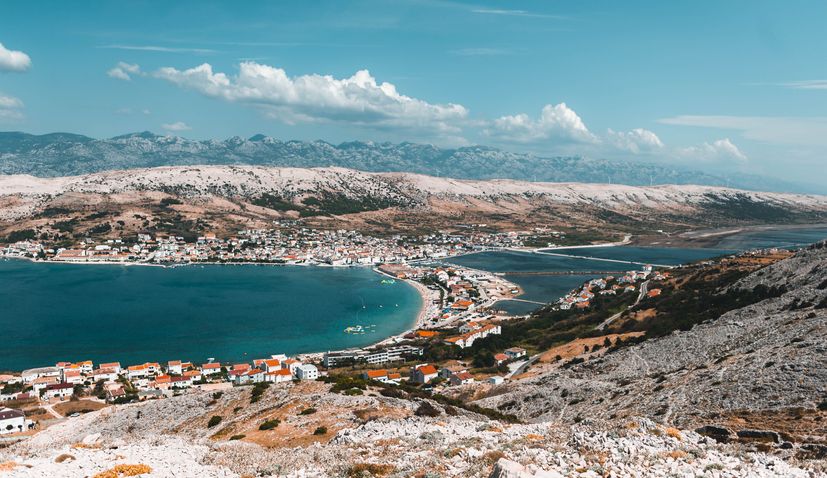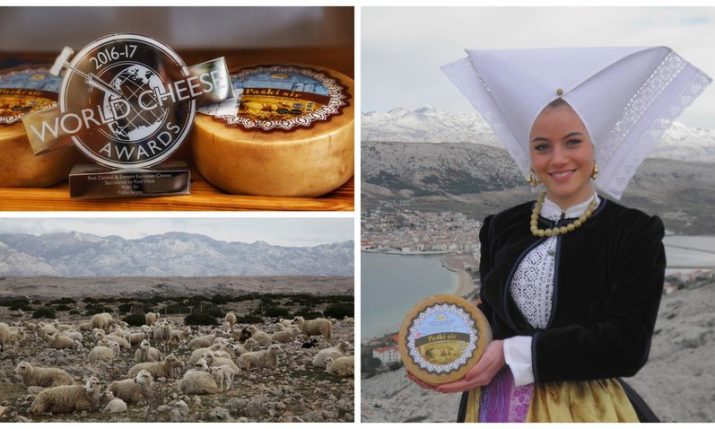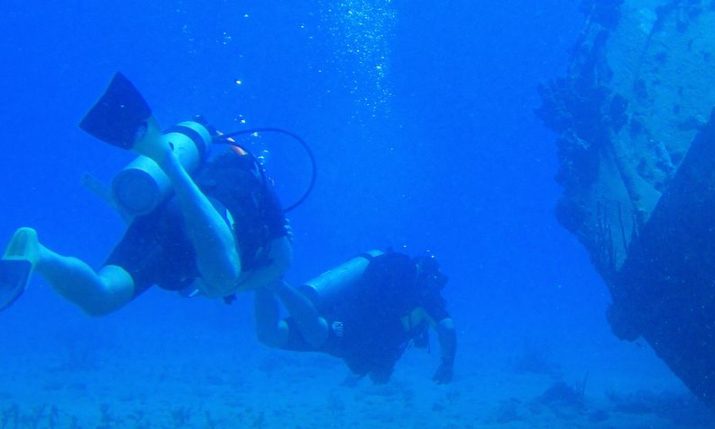Mysterious hot water springs emerge around Pag Island
- by croatiaweek
- in News

Pag
Visitors and residents of the island of Pag have recently noticed a very unusual phenomenon. Specifically, in some parts of the sea, hot water springs have appeared.
The phenomenon of karst springs on the seabed, where underground freshwater seeps into the sea, has been known until now. Since the temperature of underground water is equal to the average summer air temperature, it feels cold to people in the summer and warm in the winter.
This time, however, hot water springs the size of a palm have been observed around the island of Pag even in the summer. The phenomenon was explained to Morski.hr by Natalija Dunić from the Institute of Oceanography in Split, whose specialty is monitoring sea temperatures and conditions.
Warmer water accumulates in the Velebit Channel. She mentioned that at the end of June, during regular monitoring of the Adriatic, they measured higher temperatures in the open sea than along the coast. In the northern part of the Pag Bay, temperatures were approximately two degrees lower than along the coast of the southern parts of the island, where they were already about two degrees lower than in the open sea, she explained to the mentioned portal.
High temperatures in the open sea were also measured at depths of ten meters or more. “Since we’ve been under the influence of strong south winds for several days, warmer water from the south and open sea may be accumulating in the Podvelebit Channel, and then this warmer water mixes with the cooler surroundings, creating a sensation of warm currents in the water,” Dunić said.

Pag
She added that it’s important to consider that there were heatwaves during the summer, which most likely warmed up the entire Adriatic, especially its southern and open parts.
“To better understand this phenomenon, continuous measurements at several locations are needed. Additionally, other factors such as currents, tides, and air temperatures can contribute to this phenomenon. Therefore, it’s difficult to provide a definitive assessment of the causes in areas where measurements are either weak or nonexistent,” she concluded.


